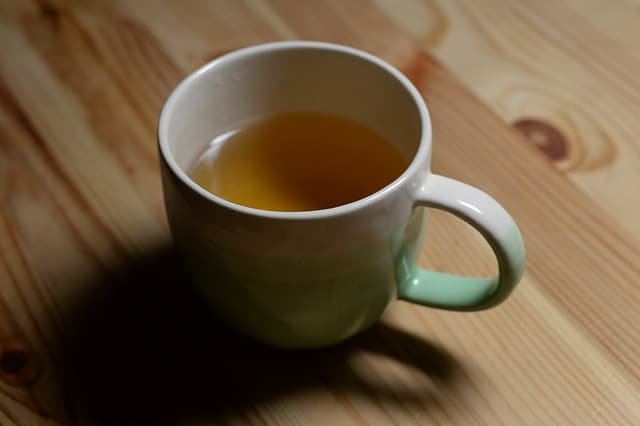
In this post we will talk about the benefits of Earl Gray tea, ingredients and side effects. This type of tea is a combination of bergamot-flavored black tea, making it part of the black tea family. Meanwhile, bergamot is a special oil that has a particular flavor and a dark color.
As well as white, green and black tea, the earl gray tea has a variety that characterizes it by its aroma, mixed with spices, oils and fruit or flower extracts. In addition, it is usually flavored with other teas such as Darjeeling, Oolong, English or Irish breakfast tea leaves. The tea’s health benefits and side effects stem from the bergamot oil blend.
Earl Gray Tea Benefits
Among the benefits of Earl Gray tea are the following.
Protects oral health
The protection of oral health is given by its high level of very effective antioxidants called catechin and fluoride, having a better effect when the tea is consumed in the form of ice cream. Protects teeth from oral infections and cavities.
Both catechin and fluoride are widely used in toothpastes and mouthwashes, so they are very good at preventing cavities and tooth enamel. With the earl gray tea you will get your daily dose of fluoride.
Prevents heart disease
Just drinking three cups of earl gray tea helps prevent heart disease. By containing caffeine and antioxidants, it prevents cardiovascular diseases, such as high blood pressure and heart attacks.
The job of antioxidants is to remove the plaque removed from the blood vessels and heart. In addition, it is excellent for avoiding the oxidative process that causes cell damage. When consumed frequently, it reduces the levels of bad cholesterol or LDL.
In 2012, a study in which it was determined that when people drink three cups of tea a day, triglyceride levels and bad cholesterol were reduced in about three months. In addition, the action of antioxidants that are responsible for eliminating free radicals that cause cell deterioration were evidenced.
Fights the flu and cold typical of cold climates
We know that citrus fruits have a good number of components that make them effective in fighting colds and flu. To this extent the bergamot of the orange has the same effect as the citrus. Bergamot extracted from the fruit and mixed into Earl Gray tea is said to strengthen the immune system, making it effective in curing colds.
In the United States and Europe it is consumed a lot in the cold season, where colds and flu are frequent, this is due to its vitamin C content.
Helps fight colic, nausea and indigestion
Studies show that the earl gray tea improves digestion and intestinal health. In addition, it relieves colic, nausea and indigestion. It is also very effective to combat intestinal problems that have to do with parasites and regulates it. Due to its anti-inflammatory properties, it prevents constipation and bloating, calms stomach pains and minimizes nausea caused when traveling by boat or plane.
Accelerates metabolism and contributes to weight loss
Bergamot helps to lighten layers of body fat, breaking it down into energy for muscles to use. In addition, it facilitates the release of body waste naturally, through metabolism and urine. It is also widely used to cleanse the body of toxins from the body.
Side effects it causes

We already know about the health benefits of Earl Gray tea if drunk in moderation. Being also a black tea, it has the same effects, even the same as a simple black beer. Since it is flavored with bergamot oil, it is what causes the side effects which we are going to mention:
Excess bergamot can intoxicate
When drinking too much Earl Gray tea, a lot of bergamot oil is consumed, which is harmful to health. This is due to a toxin present called bergapten, which causes neurons to absorb potassium, generating muscle spasms, a burning and itching sensation, pressure in the eyes, and cramps in the hands and feet. It is said that these symptoms disappear when you stop consuming it.
Prevents iron from being absorbed by the body
What prevents Earl Gray tea from absorbing iron from the food we consume is due to the presence of tannic and gallic acid. It all depends on how much acid is in the cup, the soaking time, and the brand.
caffeine overdose
Drinking a lot of Earl Gray tea has the same effects as drinking coffee. For example, it can cause: nervousness, insomnia or palpitations. You may also experience withdrawal problems such as irritability or headaches.
